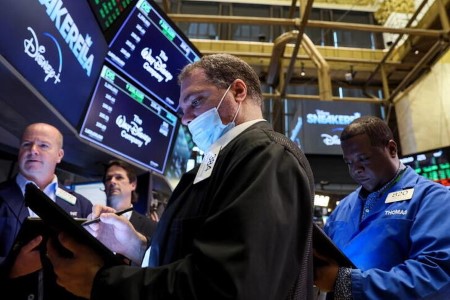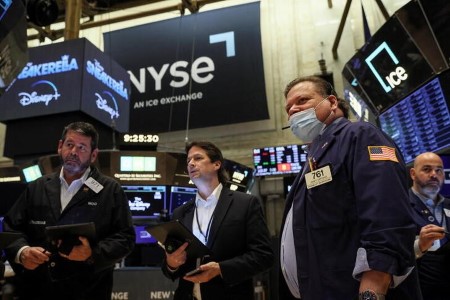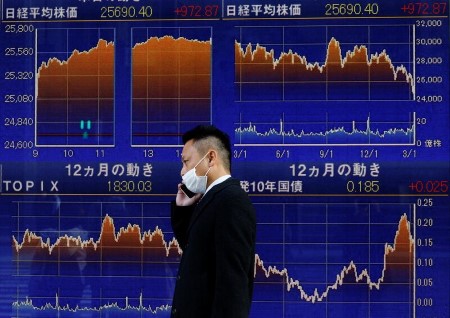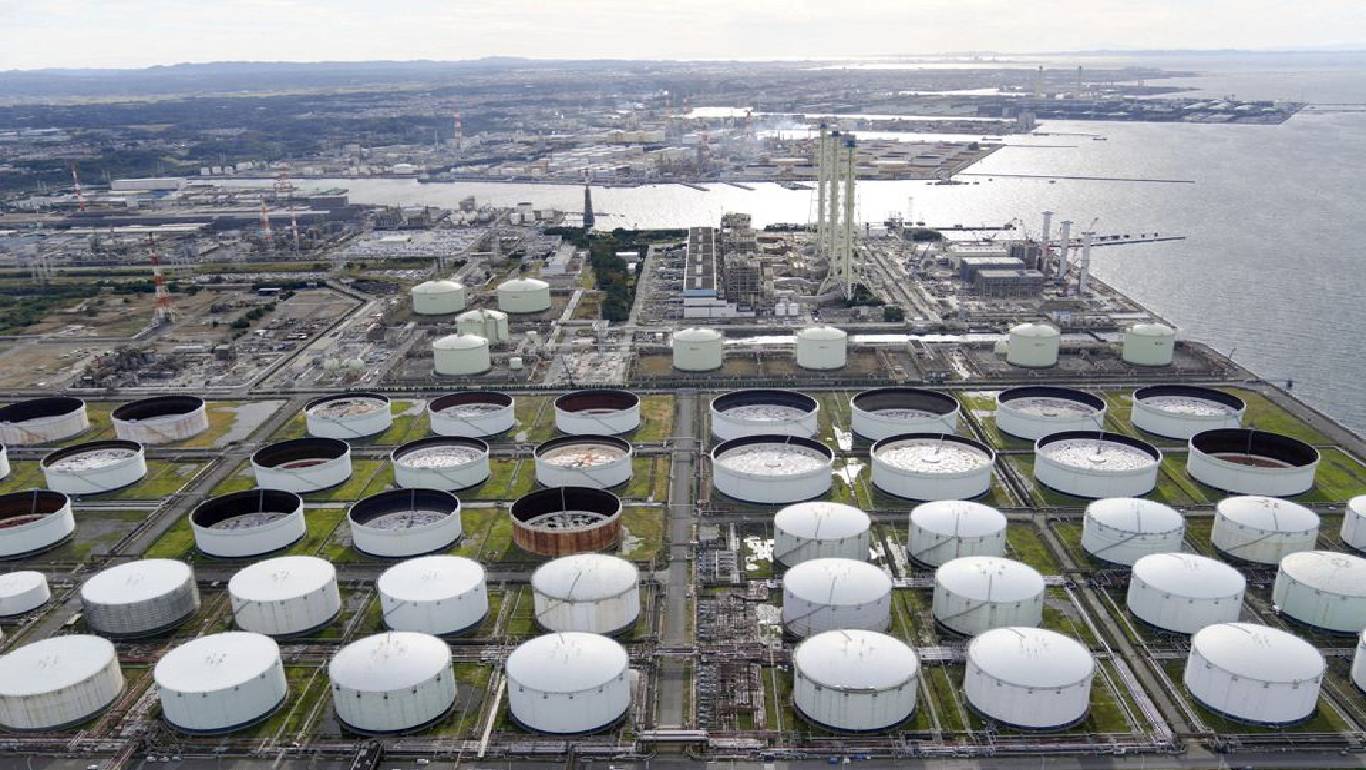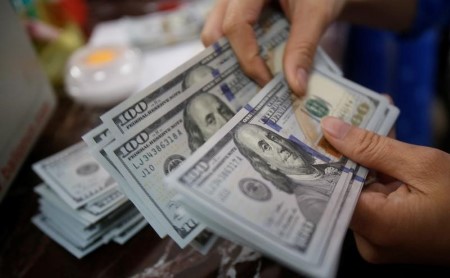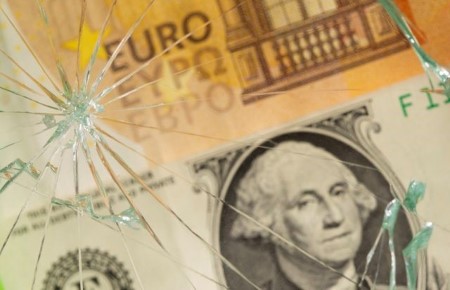May 17 (Reuters) – US stocks climbed on Tuesday, as Citigroup led a surge in bank shares after Berkshire Hathaway disclosed a big stake and solid retail sales in April eased concerns about slowing economic growth.
Nine of the 11 major S&P sectors advanced in morning trade, with financials up 2.3% and technology 1.8%.
Microsoft Corp. (MSFT), Apple Inc. (AAPL), Tesla Inc. (TSLA) and Nvidia Corp. (NVDA) gained between 1.4% and 4%, providing the biggest boost to the S&P 500 and the Nasdaq.
Banks jumped 3.5%, with Citigroup (C) climbing 7% after Warren Buffett’s Berkshire Hathaway (BRKa) disclosed a nearly USD 3 billion investment in the US lender.
US retail sales increased strongly in April as consumers bought motor vehicles amid an improvement in supply and frequented restaurants, providing a powerful boost to the economy at the start of the second quarter.
“Retail sales is one of the core data points that the Fed will look at as it thinks about how aggressive (it needs) to be to rein in inflation,” said Greg Bassuk, chief executive at AXS Investments in New York.
“It should allay some of those (recession) concerns on the basis that it is a positive signal on the trajectory and potential health of the US economy further into 2022.”
Fed Chair Jerome Powell is scheduled to speak later in the day and his comments would be parsed for clues on the path of future interest rate hikes. Traders now see a nearly 80% probability of a 50-basis point rate hike in June.
At 10:09 a.m. ET, the Dow Jones Industrial Average was up 292.68 points, or 0.91%, at 32,516.10, the S&P 500 was up 49.19 points, or 1.23%, at 4,057.20, and the Nasdaq Composite was up 186.51 points, or 1.60%, at 11,849.30.
However, rising costs weighed on Dow component Walmart Inc. (WMT), which fell 8.6% after the retail giant cut its annual profit forecast, signaling a bigger hit to margins.
Shares of rival retailers Costco (COST), Target (TGT), Dollar Tree (DLTR) slipped between 0.6% and 2.2%.
Home Depot Inc. (HD) added 1.9% after raising its full-year sales forecast on firm demand for home improvement tools and building materials.
United Airlines Holdings Inc. (UAL) rose 6.1% after the carrier lifted its current-quarter revenue forecast, boosting shares of Delta Air (DAL), American Airlines (AAL) and Spirit Airlines (SAVE).
A positive first-quarter earnings season has been overshadowed by worries about the Ukraine war, soaring inflation, COVID-19 lockdown in China and aggressive policy tightening by central banks.
The S&P 500 is down nearly 2% and the Nasdaq 3.9% so far in May, largely hit by declines in growth stocks.
US-listed Chinese stocks jumped on hopes that China will ease its crackdown on technology sector and COVID-19 pandemic.
Advancing issues outnumbered decliners by a 4.05-to-1 ratio on the NYSE and a 3.95-to-1 ratio on the Nasdaq.
The S&P index recorded one new 52-week highs and 29 new lows, while the Nasdaq recorded 18 new highs and 100 new lows.
(Reporting by Amruta Khandekar and Devik Jain in Bengaluru; Editing by Arun Koyyur)






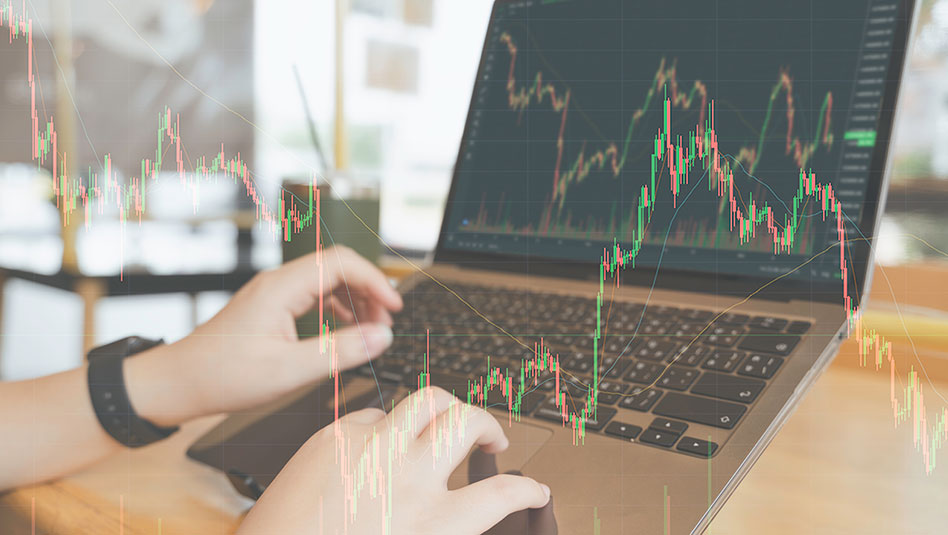
 DOWNLOAD
DOWNLOAD




